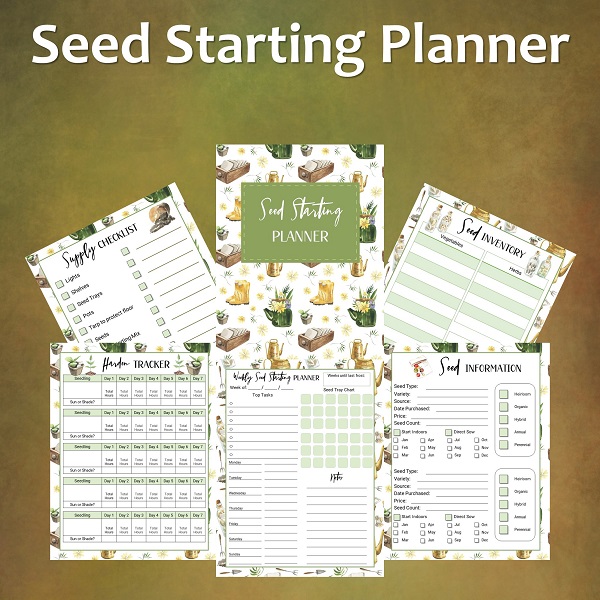 If you’re new to vegetable gardening there is a lot you need to learn about the planning process. There are particular times of year when it is best to plant gardens and if you’re not fully aware of this you could end up wasting a lot of energy, time, and money. Aside from knowing exactly when to plant your garden there are other basics that include selecting a site to plant, measuring the plot size, determining which vegetables you’re going to grow, and making the actual design.
If you’re new to vegetable gardening there is a lot you need to learn about the planning process. There are particular times of year when it is best to plant gardens and if you’re not fully aware of this you could end up wasting a lot of energy, time, and money. Aside from knowing exactly when to plant your garden there are other basics that include selecting a site to plant, measuring the plot size, determining which vegetables you’re going to grow, and making the actual design.
One of the most common errors made by novice gardeners is planting too many vegetables before the actual planting season begins. This leaves them with more vegetables than anyone can eat. It is important to keep in mind that its best to start with a small garden than a large one that turns out to be a waste and a disappointment. Below are some other basics you should know about when to plan your gardening.
Timing is Everything
Below are a few of the basics that should be consider when deciding on when to plan a vegetable garden. With growing crops it is important to keep in mind that timing is everything and growing vegetables too soon or too late could really be the worst thing you could do.
Obtaining First and Last Frost Dates
Check a reputable site such as the almanac for the first and last frost dates in your area. The dates you find are typical averages for light frost. Keep in mind that local weather could cause these dates to vary just a bit so checking back periodically is an ideal choice. Chances of frost happening after the spring and prior to fall are about 50percent. Below is a ideal definition for each frost category. Remember that these categories are based on how the temperatures will affect plants.
Light Freeze
This is 29 to 32 degrees Fahrenheit. While tender plants can easily be killed there is little or no effect on other forms of vegetations.
Moderate Freeze
This is between 25 and 28 degrees Fahrenheit. These temperatures are seriously dangerous on most vegetation types with particular severe damage to tender plants, semi hardy plants, and fruit blossoms.
Severe Freeze
This is between 24 degrees Fahrenheit and colder. These temperatures are severely detrimental to all plant life.
Now that you have a general meaning, check the farmer’s almanac to determine when these dates are for you in your location as they vary around the US. These dates should be marked on a calendar for reminders of planting and harvesting.
When to Plant
When trying to figure out the best time to begin planting your seeds in the spring you should pay close attention to the last spring frost as this is essential to successful planting. Other factors to consider would be the temperature of the soil, slope and altitude of the land, length of daylight, and nearby waters.
By keeping a decent record of your garden and how it grows each year, you can make a determination the following years as to when to start planning and planting.



